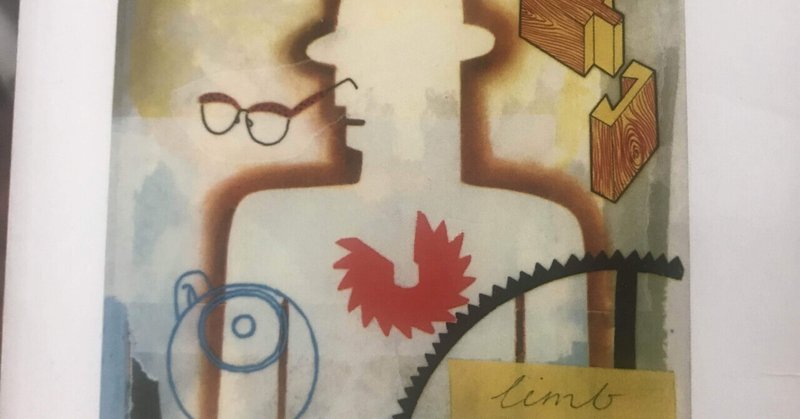
スティグマの社会学7
The attitudes we normals have towards a person with a stigma, and the actions we take in regard to him, are well known, since these responses are what benevolent social action is designed to soften and ameliorate. By definition, of course, we believe the person with a stigma is not quite human. On this assumption we exercise varieties of discrimination, through which we effectively, if often un-thinkingly, reduce his life chances.
We construct a stigma theory, an ideology to explain his inferiority and account for the danger he represents, sometimes rationalizing an animosity based on other differences, such as those of social class. We use specific stigma terms such as cripple, bastard, moron in our daily discourse as a source of metaphor and imagery, typically without giving thought to the original meaning.5 We tend to impute a wide range of imperfections on the basis of the original one, and at the same time to impute some desirable but undesired attributes, often of a supernatural cast, such as `sixth sense', or `understanding'.
私たち常人が、スティグマのある人へ取る態度と行動はとてもよく知られている。慈善的な社会制度は、まさにその態度を和らげ、行動を改善させようとするものだからである。スティグマの定義上当然ながら、常人は彼らのことを半人前の人間と思っている。この思い込みによって私たちは、時に深く考えずに様々な差別をして、事実として彼らの人生のチャンスを奪っている。このスティグマ理論の構築によって、彼らが低い地位に置かれ、危険に直面していることを説明する。
またこの理論は、社会的階層などの違いに基づく敵意も、合理的に説明するだろう。私たちは特定のスティグマに関する言葉(かたわ、父なし子、のろま)を日常会話での例え話や比喩の種として使う。そして大抵、その元々の意味について考えることもない。私たちは、ある1つの欠陥から、幅広い範囲の欠陥を勝手に想定する。それと同時に、望ましくも実際は望まれていない属性も想定する。それはしばしば超自然的なもの、第六感や勘といったものである。
For some, there may be a hesitancy about touching or steering the blind, while for others, the perceived failure to see may be generalized into a gestalt of disability, so that the individual shouts at the blind as if they were deaf or attempts to lift them as if they were crippled. Those confronting the blind may have a whole range of belief that is anchored in the stereotype. For instance, they may think they are subject to unique judgement, assuming the blinded individual draws on special channels of information un-available to others.
視覚障害者に触れたり手引きすることをためらう者がいる。また、視覚の障害を体全体の障害まで拡大し、視覚障害者に対して(耳は聞こえているのに)大声で話しかけたり、(足が不自由でもないのに)抱き抱えて運ぼうとする者もいる。視覚障害者に対するこうした対応は、ステレオタイプに基づいた、多種多様な偏見によって生まれる。例えば、視覚障害者には、他の人にはわからない特別なルートで情報を得ているから、視覚障害特有の判断をしていると考えたりする。
Further, we may perceive his defensive response to his situation as a direct expression of his defect, and then see both defect and response as just retribution for something he or his parents or his tribe did, and hence a justification of the way we treat him.
さらに、私たちはスティグマのある人の防衛的な反応を、その人の障害そのものだと見なす。その障害と反応を、本人やその家族、一族がやったことの報いだと考え、それゆえにスティグマのある人への不当な扱いを正当化するのだ。
【解説・補足】
視覚障害者の事例は、現代でも十分当てはまる。実際視覚障害のある友人から、毎回エレベーターに誘導される話を聞いたり、車いすに乗っている友人が赤ちゃん言葉で話しかけれる場面を見たりした。
また、のろまやかたわという言葉は今ほとんど使われないが、「アスペ」や「発達」という言葉がスティグマ的な意味を持つようになっている。主に障害の文脈で、その障害の原因は親の育て方や振る舞い、酷い時は前世の報いだとよく言われてきた。ゴフマンとは生きた時代も場所も違うのに、ここまで共通しているのである。
話は変わって、今後は原文と訳文を交互に入れる構成ではなく、訳文のみをnoteに挙げようと思う。原文を載せ続けるのは著作権的に微妙なのと、分割して英文を載せるのがシンプルに負担だからだ。
この1から7の文章も後日訳文だけまとめて載せようと思う。
→次回(スティグマの社会学8)
この記事が気に入ったらサポートをしてみませんか?
